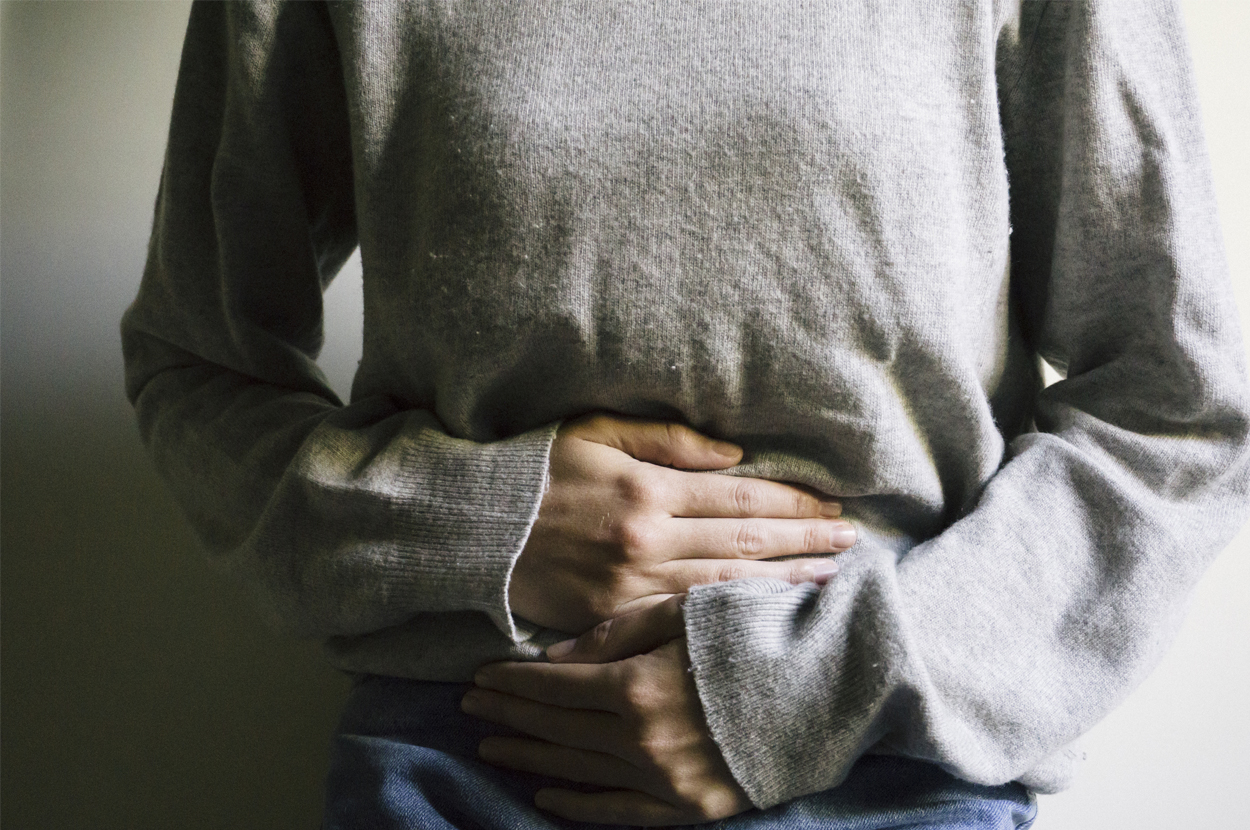Pathophysiology
Pelvic inflammatory disease occurs when bacteria infect the uterus and/or associated structures such as the ovaries. These area of the body are normally sterile. PID infection happens when bacteria get past the body’s normal defenses to infect these reproductive organs.
Causes
Pelvic inflammatory disease is commonly caused by Neisseria gonorrhea (gonorrhea) and Chlamydia trachomatis (chlamydia) bacteria. Other species of microorganisms like Gardnerella vaginalis have been associated with PID as well.
PID caused by gonorrhea frequently causes more severe symptoms as compared with chlamydia. This may result in earlier diagnosis and treatment.
Risk Factors
Pelvic inflammatory disease is more common in women who are younger than 35 years. Other risk factors include:
- Previous history of PID
- Not using a condom with sexual activity
- Having a sexual relationship with multiple partners
- Presence of any sexually transmitted disease
Symptoms
Pelvic inflammatory disease commonly causes pain in the lower abdomen, fever, and abnormal uterine bleeding or discharge. PID can also be asymptomatic, but lead to problems down the road, including infertility
Diagnosis
PID can be suspected in sexually active women having lower abdominal pain with or without abnormal vaginal discharge. In these cases, a medical provider will take a careful history including information about sexual history and exposure to sexually transmitted infections (STIs.) The provider will also perform a pelvic exam, specifically looking for cervical or ovarian pain. Samples will be sent to the lab looking for STIs, and a pregnancy test will be administered.
In cases where diagnosis is not obvious, more tests can be run, including additional blood testing and imaging such as ultrasound.
Recommended treatment
Antibiotics are the primary treatment for PID. The treatment differs for inpatients and outpatients, which is discussed below.
Outpatient treatment
For outpatients, the first line of therapy is administering ceftriaxone intramuscularly followed by oral administration of doxycycline. Additional medications may be added if there is an abscess present, or if lab testing shows infection with other bacterial agents.
Inpatient treatment
Inpatient treatment is for more seriously ill people, and as such is more extensive. Medications in the inpatient setting are more likely to be given intravenously, as this administration acts on the system more quickly than oral medicines.
Contact us
In case of urgent medical care assistance, AfterOurs Urgent Care offers immediate telemedicine services, where medical providers are available to offer assistance. Anyone who experiences signs and symptoms requiring urgent medical attention can simply book their appointment with AfterOurs Urgent Care to directly talk to an expert. If your medical issue is not appropriate for telemedicine, we will let you know and refer you to an in-person facility.
When to visit a doctor:
If you notice any abnormal uterine bleeding or severe abdominal pain, you should see a medical practitioner to rule out serious disease.
Treatment for pelvic inflammatory disease is available at AfterOurs Urgent Care.

